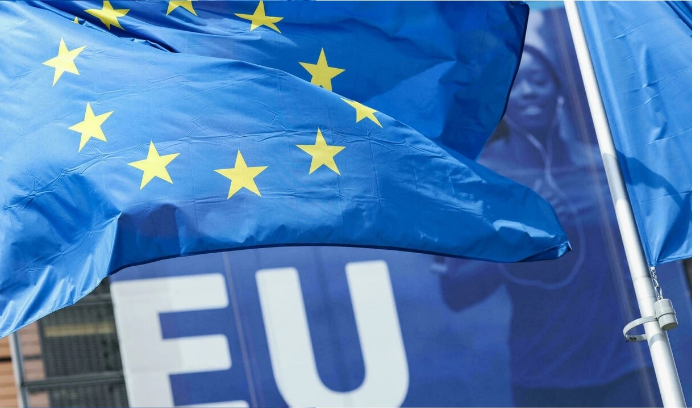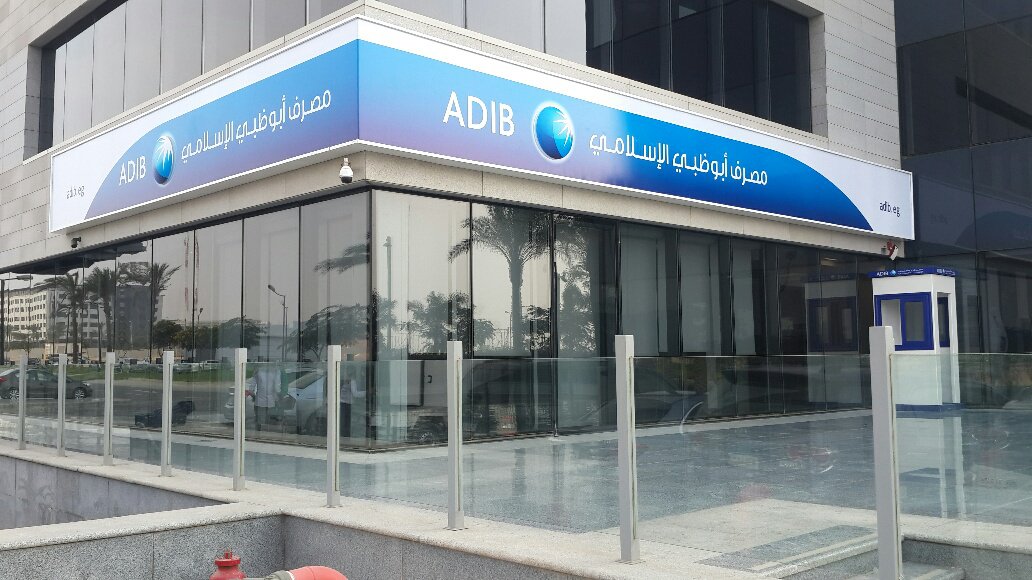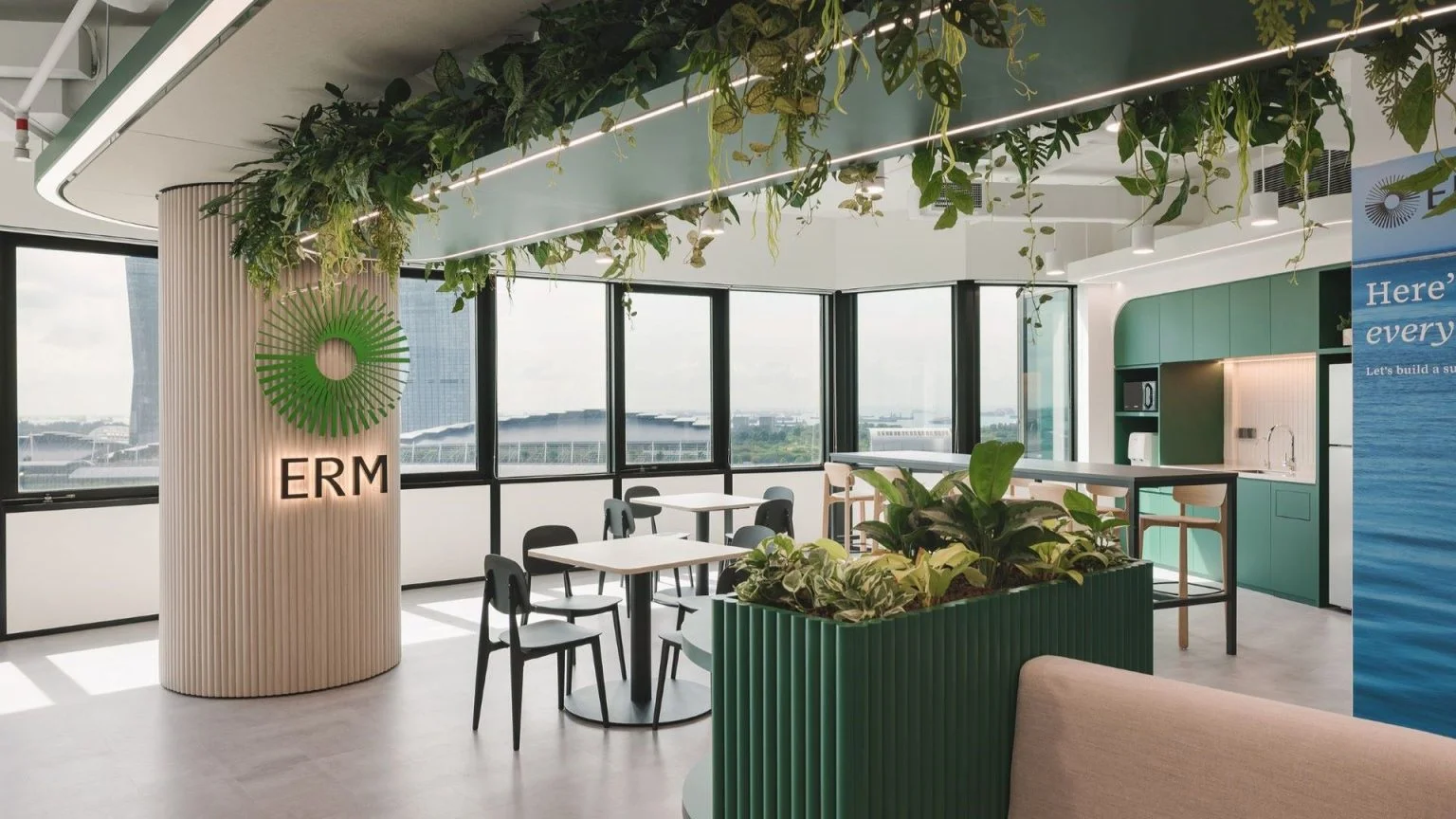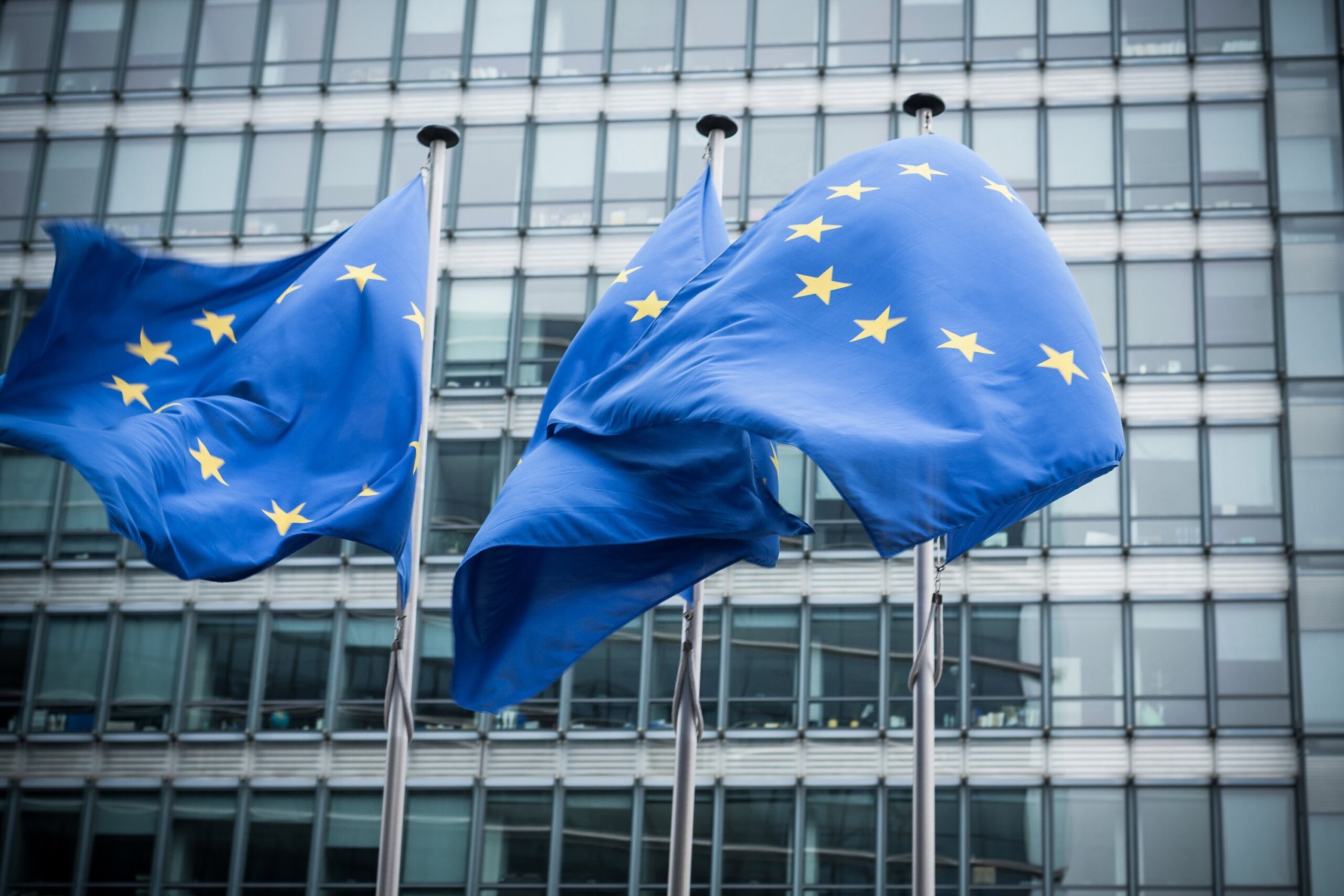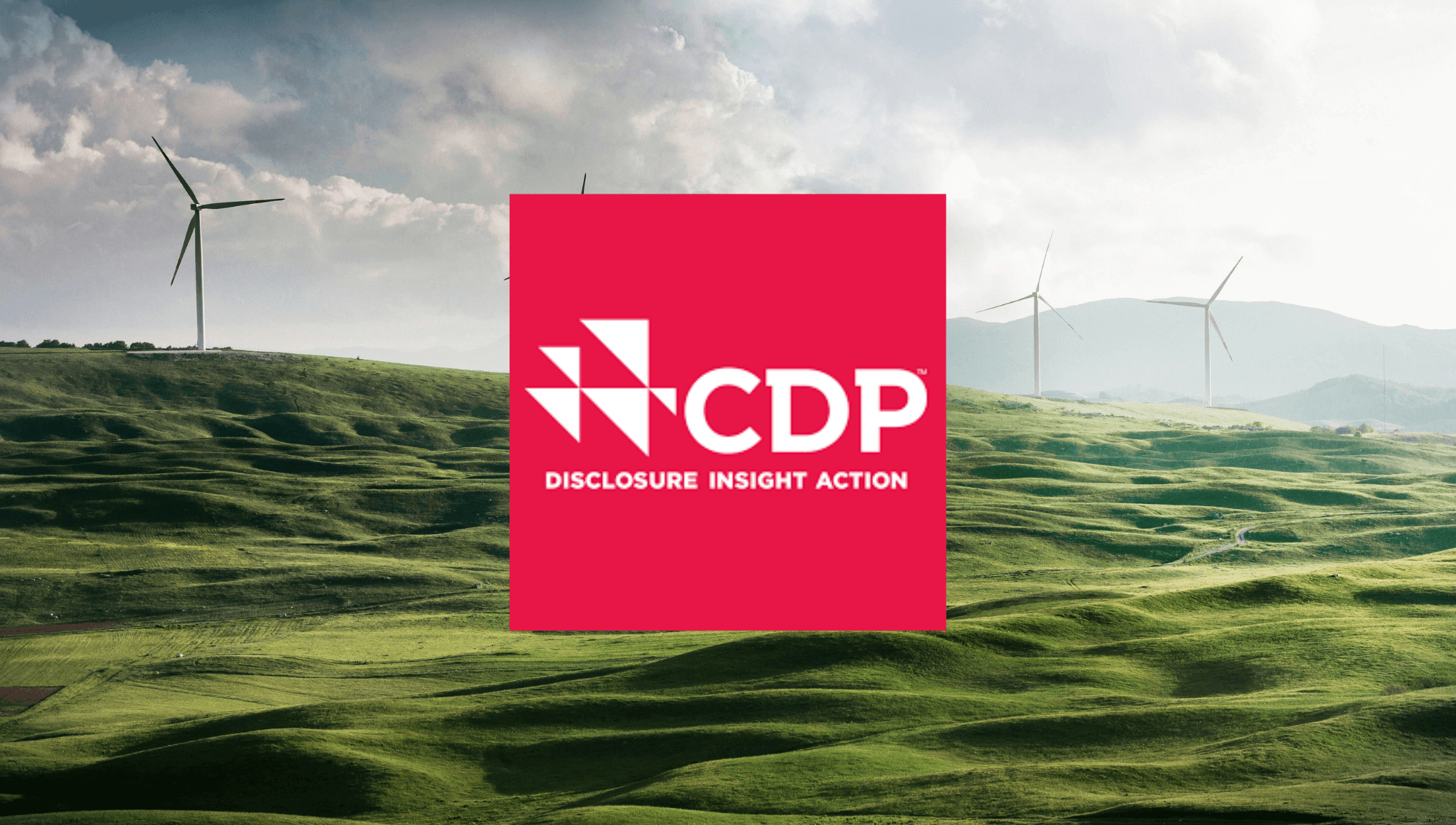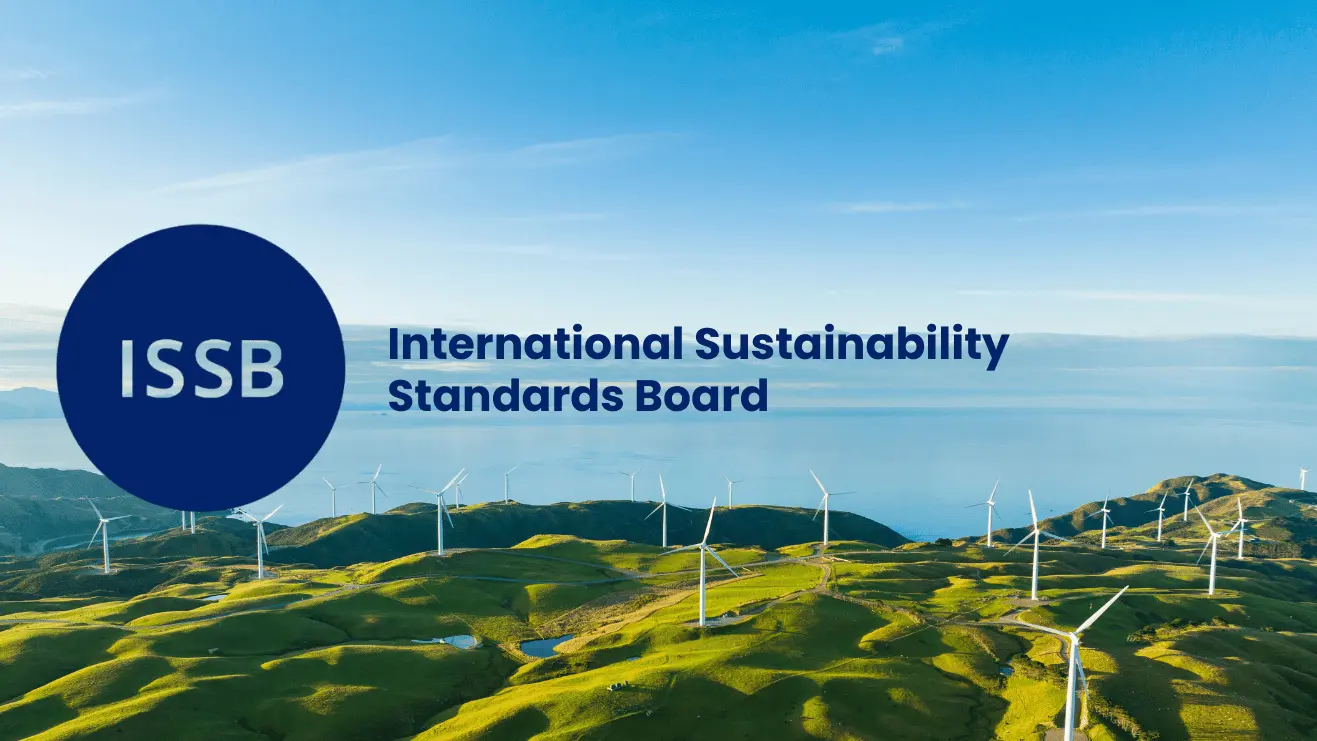South Africa’s Sasol Takes a Leap Forward with First On-Road Hydrogen Mobility Ecosystem Demonstration
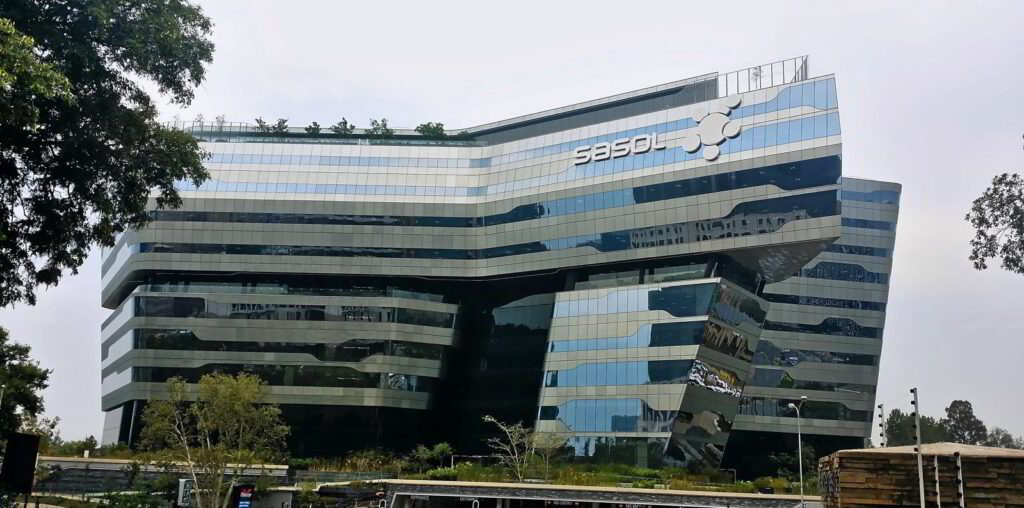
|
Listen to this story:
|
Sasol, Toyota South Africa Motors (TSAM), and Air Products South Africa (APSA) made history at the Smart Mobility Africa Summit, at the Gallagher Convention Centre, in Johannesburg with the presentation of South Africa’s first on-road demonstration of a hydrogen mobility ecosystem.
The proof-of-concept used a second-generation Toyota Mirai fuel cell electric vehicle (FCEV) fuelled with hydrogen produced by Sasol and dispensing technology provided by Air Products, to take several VIPs as passengers around a test track. The partnership between the three technology leaders was formed in 2021 to promote the use of hydrogen as a fuel of the future.
“Today is an important stepping stone towards realising the ambitious goal of developing an on-road hydrogen mobility ecosystem,” said Fleetwood Grobler, President and CEO of Sasol.
“Hydrogen, the most abundant element in the universe, has the potential to be a game-changer in the quest for sustainable transportation.”
Added Priscillah Mabelane, Sasol’s Executive Vice-President, Energy Business: “Sasol is proud of this opportunity to showcase the potential of a hydrogen transportation system, which has been bolstered by our first green hydrogen production at our Sasolburg Operations where we have installed an initial 3 MW solar farm in Sasolburg. This will be supplemented by a supply of 69 MW of renewable energy from a wind farm in the Eastern Cape in 2024 to ramp up production to 3 500 tons a day. With both renewable resources on stream, we will have sufficient power to commercialise green hydrogen in South Africa, marking a significant step in our energy transition journey as a country and as Sasol.”
This proof-of-concept demonstration showcased a hydrogen mobility ecosystem, a sustainable alternative that can decarbonise the hard-to-abate and hard-to-electrify heavy duty transport sector such as long-haul trucks, buses and mining fleets.
“Toyota has been actively involved in the research and development of vehicles using hydrogen as a source of motive power for more than 30 years, going back to 1992,” explained Andrew Kirby, President and CEO of Toyota SA Motors.
Related Article: DHL, Sasol join Hydrogen Firm HH2E on Sustainable Aviation Fuel Project in Germany
“Toyota has sold more than 25 000 fuel cell electric vehicles since then. In fact, a prototype FCEV was used in a static display at the 2002 World Summit on Sustainable Development which was held in Johannesburg. Today we are proud to have two of our second-generation Toyota Mirai sedans here for the ecosystem demonstration. They are the flagships of our hydrogen FCEV programme and were only launched last year. The first generation Mirai went on sale in 2015 and 12 000 of them were sold in seven years,” explained Kirby.
“Air Products has a long history in South Africa as a leader in the local industrial gas market and related supply chain management,” said Rob Richardson, Air Products South Africa’s Managing Director. “Globally we have been conducting safe hydrogen fuelling for more than 25 years and during that time have conducted an average of 1.5 million hydrogen fuelling operations a year. Air Products has more than 250 hydrogen fuelling sites in 20 countries and holds 50 patents for hydrogen fuelling.”
“We are supporting clean energy, low carbon, and renewable applications globally. Air Products is involved not only in fuelling cars, trucks, and buses, but also submarines, ships, train locomotives, power generating systems, forklifts, and materials handling equipment,” said Richardson.
“Our FCEVs have not only undergone stringent testing by Toyota itself and its many partners working with the company on its hydrogen development projects but the first generation Mirai has also proved itself in everyday use in a hard-working taxi fleet in Munich, Germany. The 120 Mirai’s in the fleet have already transported more than 100 000 passengers and travelled over one million kilometres. The second generation Mirai is now taking over from its predecessor in this fleet and 200 have been ordered,” commented Toyota’s Kirby.
“The hydrogen market is best suited to longer distance travel and larger vehicles such as trucks and buses, so Toyota is involved in several projects where the FCEVs are commercial vehicles made by Toyota or conversions of existing models from other manufacturers. There was an important development in this regard recently when Toyota UK unveiled and demonstrated a Hilux bakkie fitted with a specially adapted Mirai fuel cell powertrain. The prototype was assembled by Toyota UK in England, but there was significant input from TSAM too. In fact, the basic vehicles were built in Prospecton and then sent to England for fitment of the hydrogen fuel cell powertrain,” explained Kirby.
“Air Products is the world’s largest producer of hydrogen and takes its role of working towards a cleaner environment seriously. Air Products South Africa, which was founded in 1969, is grounded in decades of history and global reach with its parent company having been founded in the United States 80 years ago. It has 60 years’ experience in hydrogen and operates the largest hydrogen pipeline network in South Africa, so we are ideally positioned to play a leading role in establishing a sustainable hydrogen ecosystem in South Africa,” added Air Products’ Richardson.
“The challenge is how to commercialise a hydrogen mobility ecosystem in South Africa because it is a costly undertaking. It now needs more partners, investors and support from the government. The current partnership is looking at so-called eco-clusters as a start, i.e. high commercial traffic areas in the country. Initially the Pretoria-Johannesburg region could be well-suited as the these are high volume routes which could justify investment in hydrogen refuelling infrastructure. Longer term the focus will be on expanding the hydrogen ecosystems along major long-haul routes such as the N3 between Johannesburg and Durban and later into other African countries,” explained Kirby.
“Ideally, we need businesses and fleets to commit up front to buy hydrogen FCEVs and substantial quantities of hydrogen to make the necessary infrastructure viable. Pricing of green hydrogen varies at this stage, but what we do know is that pricing is very dependent on economies of scale. This is going to be an exciting but demanding journey and TSAM is pleased to be part of it,” concluded Kirby.

